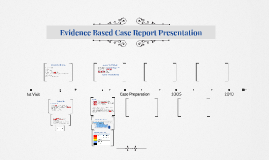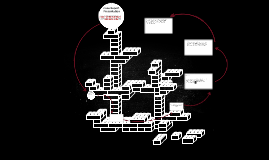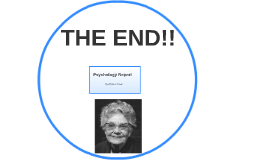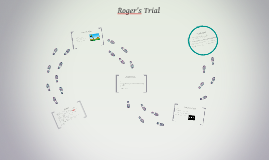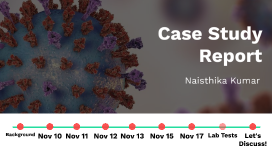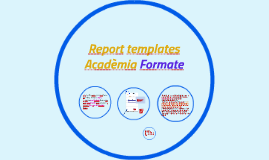Psychology Report
Transcript: Biography Margaret Floy Washburn Washburn used her experimental studies in animal behavior and cognition to present her idea that mental, not just behavioral, events are legitimate and important psycholigcal aread for study in her book, The Animal Mind. This went against the establishe ddoctrine in academic psychology that the mental was not observable so not appropriate for serious investigation. Beside her experimental work she also viewed a higher mental processes and how it's relates to physical movement. What Was Her Contribution? Is it significant and how does it relate to me? Psychology Report She was the leading American psychologist in the early 20th century. She published two influential books that most psychologist use. After graduation she was offered the Chair of Psychology, and worked there for six consecutive years. Yes her work is significant. It relates to me because she opened a door for me if I ever made the decision to major in psychology. Now I won't be denied that right just because I am a female. Born: July 25, 1871 In New York City, NY Impact: She was a leading American psychologist in the early 20th century. First woman to be granted a PhD in psychology. Second woman to serve as an APA (American Psychological Association) President. She is mostly known for her experimental work in animal behavior and motor theory developement. The Animal Mind covered a range of mental activities, beginning with the senses and perception, including hearing, vision, kinesthetic, and tactual sensation. The books' later chapter focused upon consciousness and higher mental processes. However, the dominant focus of the book is animal behavior. Washburn's motor theory argued that all thought can be traced back to bodily movements What brought about this research? By:Ayanna Shaw Early Life She was raised by her parents in Harlem and she was an only child. She was of English and Dutch descent. She loved to read so she was always advanced. She graduated at the age of 15. Due to her lack of Latin and French, she only gain prepartory status but began to have a strong interest in psychology. She also became a memeber of Kappa Alpha Theta sorority, and this was her very first encounter with the field of psychology. After this she became determined to study in psychology. Later on June of 1894, she gave her oral presentation, and became the first woman to receieve a PhD in Psychology. Resources: Died: October 29, 1939 in Poughkeepsie, NY due to a stroke "Margaret Floy Washburn (1871-1939)." Margaret Floy Washburn Biography. N.p., n.d. Web. 10 Feb. 2017. Pardon Our Interruption. N.p., n.d. Web. 10 Feb. 2017. "A Mead Project Source Page." Mabel F. Martin: The Psychological Contributions of Margaret Floy Washburn. N.p., n.d. Web. 10 Feb. 2017. THE END!!







